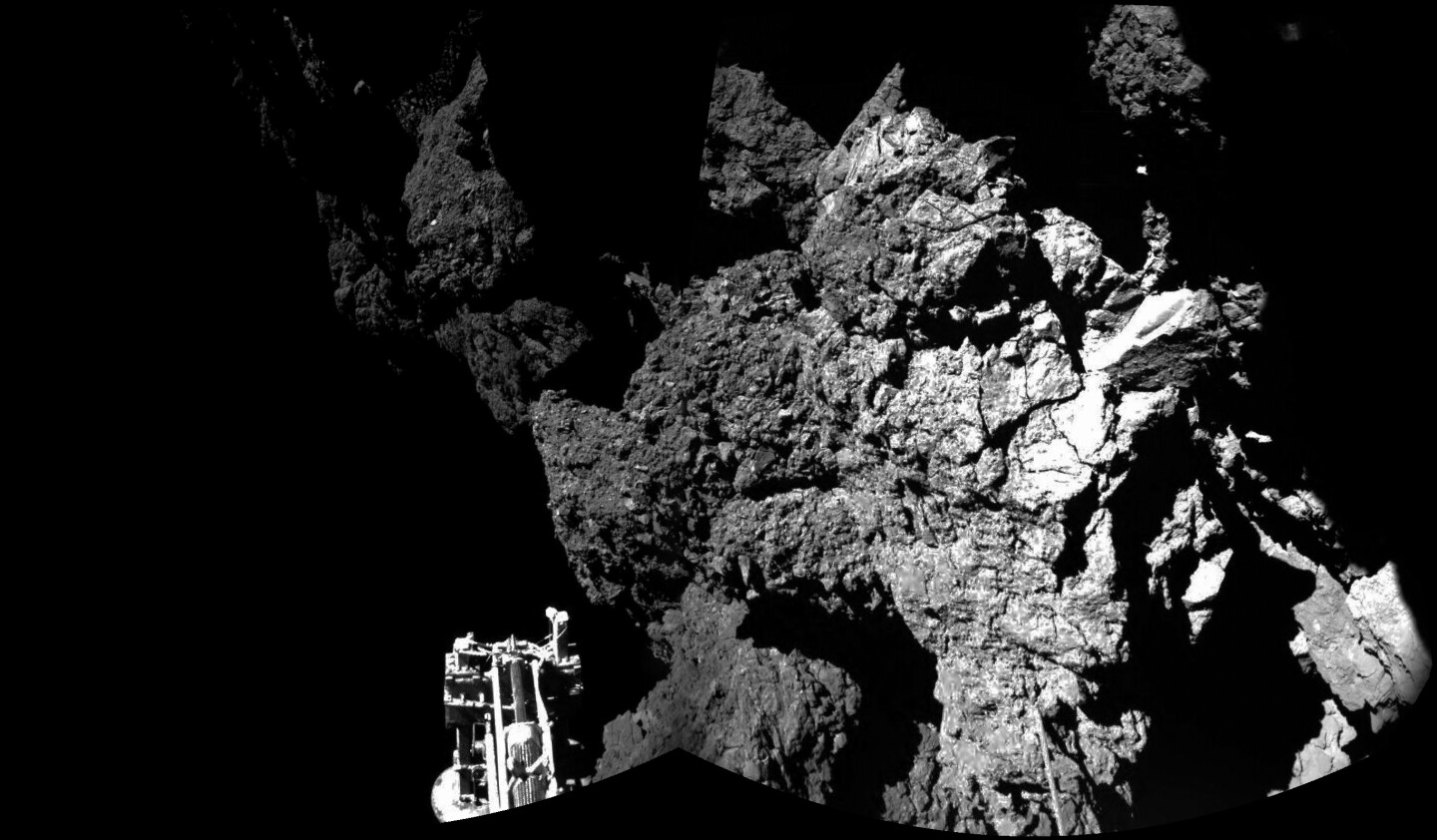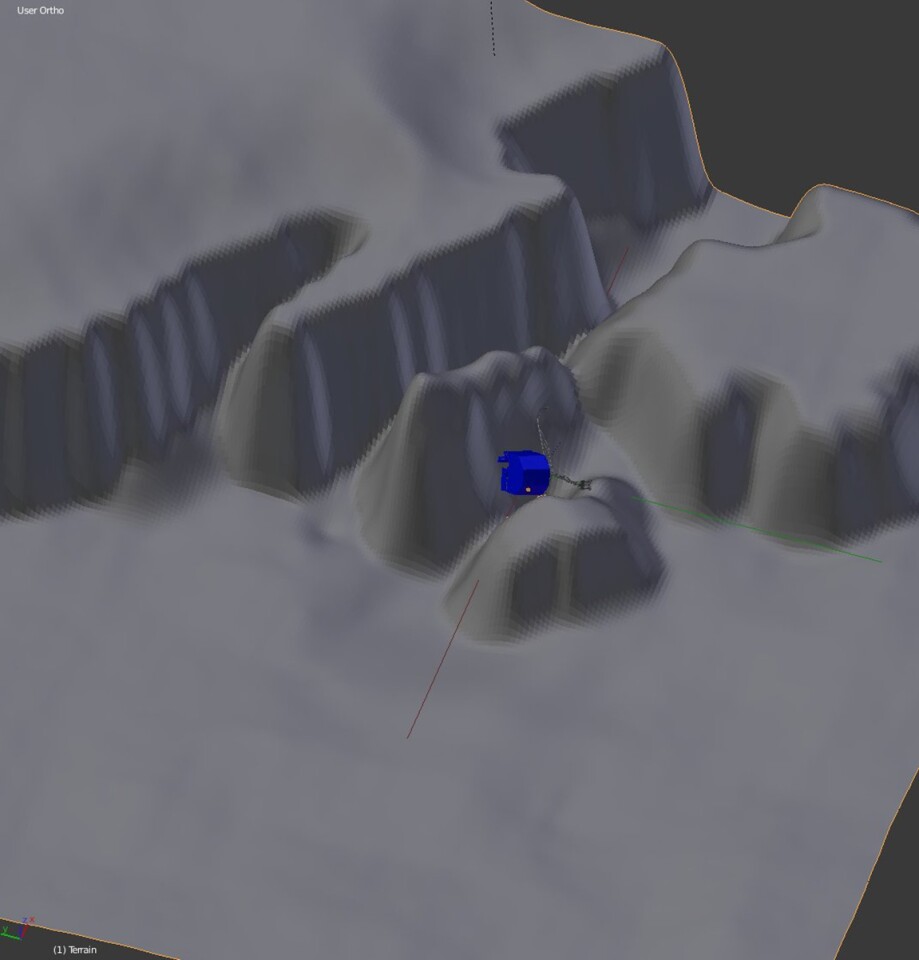The European Space Agency (ESA) has temporarily suspended its attempt to reestablish contact with its Philae lander on Comet 67P/Churyumov-Gerasimenko. For eight days, the agency’s Rosetta probe unsuccessfully beamed a wake up signal to the hibernating lander, which has been silent since its batteries were exhausted in November.
From March 12 to 17, the Philae Lander Control Center at the German Aerospace Center (DLR) used a special radio on the Rosetta to signal Philae on Comet 67P/Churyumov-Gerasimenko to reactivate and respond. In addition, the DLR sent blind commands to Philae to make it balance available power between heating the electronics and charging its batteries.
The Philae lander was the first manmade object to make a soft landing on a comet. On November 12, 2014, it made contact with the surface of 67P, but due to a malfunction in its landing systems it was unable to anchor itself. As a result, it rebounded four times before finally coming to rest at an unconfirmed location that has been called Abydos.

Unfortunately, the spacecraft landed on its side next to a cliff wall, where not enough sunlight could reach its solar panels and provide power. After 54 hours, the batteries went dead and Philae went into hibernation.
For ESA and the DLR team, the problem now is to wait until 67P draws close enough to the Sun to provide the Philae lander with enough power to generate five watts and raise its internal temperature to above minus 45° C (113° F), at which point it will be able to activate. However, it still needs to generate 9 watts to transmit back to Rosetta.

The DLR team is currently calculating the next time Rosetta will be in position to repeat its wake up commands, which will be in early April. These calculations are particularly tricky because the 45 minutes that the Rosetta probe is over Philae must coincide with the 30 minute intervals that the lander is awake as it recycles between hibernation and activation. DLR says that once Philae is back online, it will be given a thorough examination before resuming its studies of comet 67P.
"It was a very early attempt; we will repeat this process until we receive a response from Philae," says DLR Project Manager Stephan Ulamec. "We have to be patient."
Source: ESA








